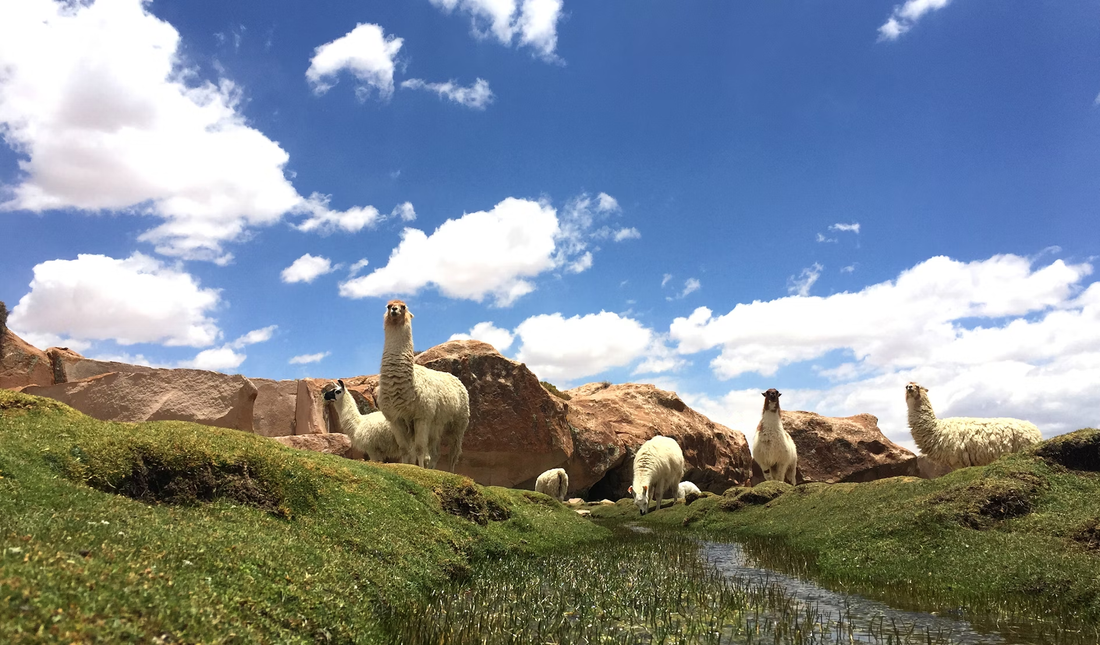
Why Alpaca Is the New Gold Standard in Natural Luxury Fibers
A New Era of Conscious Luxury
In today’s rapidly evolving fashion landscape, luxury no longer means excess. It means intentionality, craftsmanship, and responsibility. Consumers and creators alike are moving toward materials that embody not just beauty and comfort, but also sustainability and long-term value. Enter alpaca fiber—a natural material quietly redefining what we expect from luxury wool.
Historically revered by Incan royalty, alpaca is now positioned to become the gold standard in premium natural blends. It blends elegance with performance and environmental consciousness with innovation. For brands seeking to future-proof their collections while catering to more mindful shoppers, alpaca is not a trend—it’s the future.

What Makes Alpaca Fiber Unique?
At first glance, alpaca might remind you of cashmere or high-grade Merino wool. But a deeper look reveals a fiber unlike any other, with technical and environmental attributes that outperform many conventional and luxury materials.
Key Properties of Alpaca Fiber:
- Incredible Softness: Baby alpaca, which is the finest grade, has a micron count of 15 to 19 μm, placing it in the same class of softness as cashmere.
- Thermal Regulation: Alpaca fiber’s hollow core structure makes it naturally insulating—30% warmer than Merino wool, according to data from the International Alpaca Association (AIA).
- Hypoallergenic Qualities: Alpaca contains no lanolin, the allergenic oil found in sheep wool. This makes it ideal for sensitive skin and contributes to a more streamlined, chemical-free washing process.
- Durability and Longevity: Alpaca is up to 3 times more durable than sheep wool, resisting pilling, matting, and stretching. This results in garments that maintain their shape and look for years, even with frequent wear.
- Naturally Water-Resistant and Odor-Resistant: The fiber's structure repels moisture and reduces odor retention, which means less frequent washing and longer product lifespans.
- Eco-Friendly: Alpacas consume less water and food than goats or sheep and do not destroy root systems when grazing, making them one of the most sustainable livestock options in the textile industry.
Sustainability Snapshot: A 2018 Life Cycle Assessment by Klepp & Laitala showed that alpaca fiber emits up to 50% less CO₂ equivalent per kilo compared to sheep wool. That’s a massive advantage in reducing textile-related emissions.

Alpaca vs. Traditional Luxury Fibers
How does alpaca compare to other high-end options? Let’s break it down.
| Fiber | Softness (Microns) | Warmth | Durability | Hypoallergenic | Environmental Impact |
|---|---|---|---|---|---|
| Alpaca | 15–25 μm | ⭐⭐⭐⭐⭐ | ⭐⭐⭐⭐⭐ | Yes | Low |
| Cashmere | 14–19 μm | ⭐⭐⭐ | ⭐ | No | High |
| Merino Wool | 17–25 μm | ⭐⭐ | ⭐⭐ | No | Moderate |
| Vicuña | 12–14 μm | ⭐⭐⭐⭐ | ⭐⭐ | Yes | Low but extremely scarce |
While cashmere wins on softness, alpaca competes closely while excelling in nearly every other area, especially sustainability and performance.
A Textile Exchange report (2020) noted that alpaca fiber’s long lifecycle and low resource input make it one of the top five most sustainable animal-based fibers globally.

Blending Innovation: Alpaca in Premium Natural Fiber Mixes
As brands explore new frontiers in performance fashion, the blending of natural fibers has become an art form. Combining alpaca with organic cotton, silk, hemp, or TENCEL™ unlocks a world of texture, breathability, and structure—without compromising on sustainability.
These premium natural blends offer:
- Improved drape and fluidity
- Balanced elasticity
- Moisture control for year-round comfort
- Fully biodegradable end-of-life options
From high-end knitwear to next-gen activewear, alpaca blends are being used in more categories than ever before. As innovation continues, expect to see it in everything from winter outerwear to breathable summer staples.

Market Momentum: Why Alpaca Fiber Is Gaining Ground
Alpaca’s rise isn’t anecdotal—it’s measurable. Global interest in sustainable luxury is reaching new heights.
- According to McKinsey & Co.’s 2022 State of Fashion report, 67% of U.S. consumers now actively consider a product’s material sustainability before purchase.
- The global alpaca fiber market is projected to grow at 5.2% CAGR from 2024–2030, driven by demand in North America, Europe, and East Asia (source: Grand View Research).
- In luxury retail, interest in origin-traceable fibers like alpaca has grown 41% year-over-year, per a 2023 NielsenIQ survey.
For fashion houses, this creates both a creative and competitive edge. Alpaca doesn’t just “check a box” for sustainability—it tells a story of heritage, craftsmanship, and purpose.

Beyond Aesthetic: Alpaca’s Role in Regenerative and Ethical Fashion
One often overlooked strength of alpaca is its alignment with regenerative agriculture. Native to the Andean highlands, alpacas thrive without harming the delicate ecosystem. Their padded feet prevent soil compaction, and their efficient digestion results in minimal methane production—making them climate-conscious animals by nature.
In communities throughout Peru, alpaca herding supports thousands of families. When brands choose traceable alpaca, they also support:
- Gender-inclusive employment
- Rural development
- Fair trade practices
Alpaca is more than a fabric; it’s a livelihood, a cultural legacy, and a model of responsible production.

A Subtle Revolution in Motion
It’s becoming clear: alpaca is not just another luxury wool—it’s a transformative material that represents where fashion is heading. Soft, high-performance, traceable, and deeply sustainable, it invites both heritage and innovation into the same garment.
From minimalist brands to heritage labels, designers across the globe are incorporating alpaca into their collections. They're drawn not only to its tactile appeal but also to the transparency and ethical story it enables.
And behind many of those garments, quietly and expertly manufacturing for the world’s most forward-thinking brands, is The Alpaca Factory—a Peruvian-based production partner helping global labels turn this remarkable fiber into the fashion of tomorrow.
